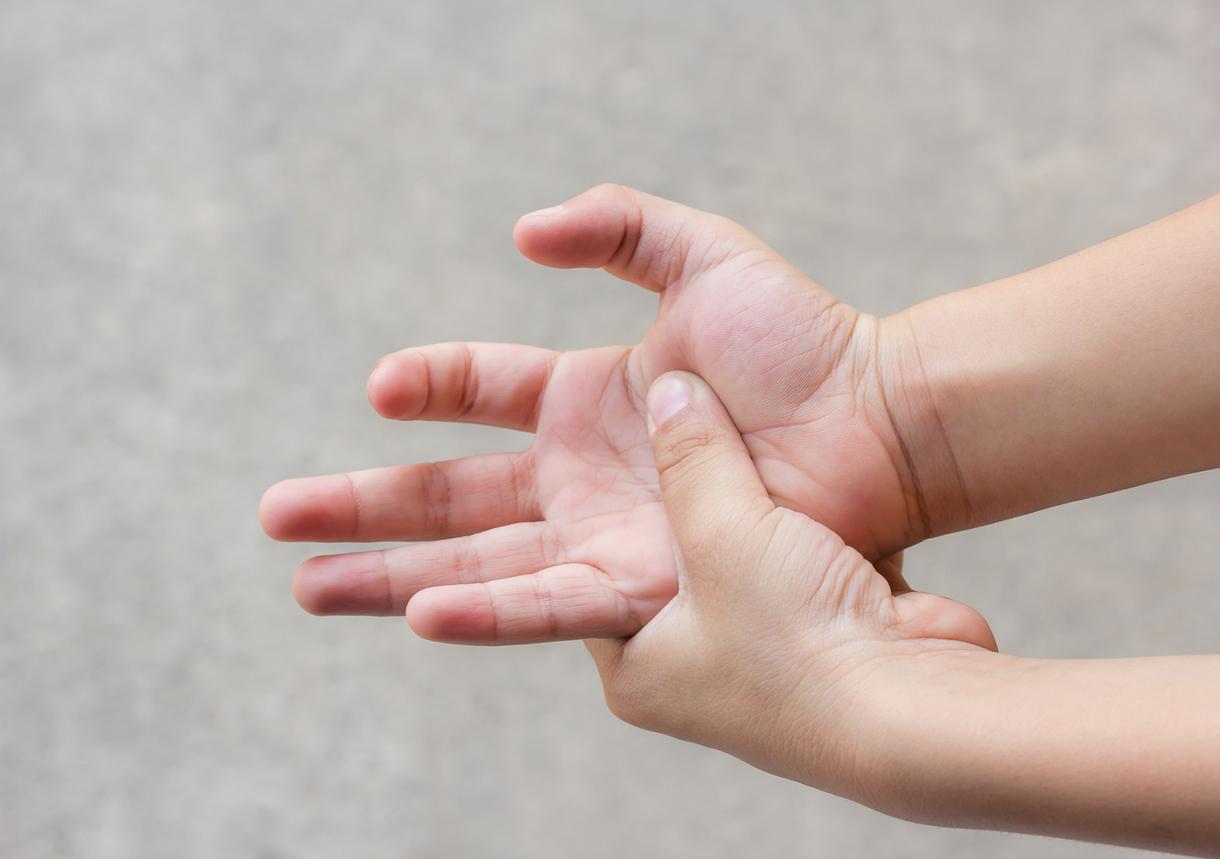
July 5, 2019
In Australia, a new surgical technique has enabled 13 quadriplegic people to regain mobility in their elbows and hands.
Rediscovered mobility
The teams from Austin Health in Melbourne have managed, using a surgical technique, to restore elbow and hand mobility to 13 quadriplegic patients. Between 2014 and 2018, 16 participants were recruited, all with traumatic spinal cord injury. These participants have undergone single or multiple nerve transfers in one or both upper limbs.
Significant improvements have been observed in 13 of them. They were evaluated after 12 and 24 months. This operation allowed them to restore the extension of the elbow, the grip, the pinching and the opening of the hands.
A technique called “nerve transfer”
The works published in the journal The Lancet explain how nerve transfer works. This technique involves taking nerves with less important roles, or branches that perform redundant functions on other nerves, and transferring them to restore function to an essential and severely damaged nerve. The transferred nerve can thus be used for other functions. If a respiratory nerve is transferred to restore elbow flexion, the patient may need to take a deep breath in order to move the arm.
In France, there are around 1,200 new people with a spinal cord injury every year. It is road accidents which are the main cause and which mainly affect men, due to more risky behavior. Loss of upper limb function after cervical spinal cord injury has heavy consequences on autonomy. Quadriplegic patients now have the hope that one day they will be able to write again or brush their teeth.
Stephanie Haerts
Read also : How to transport an injured victim?

















